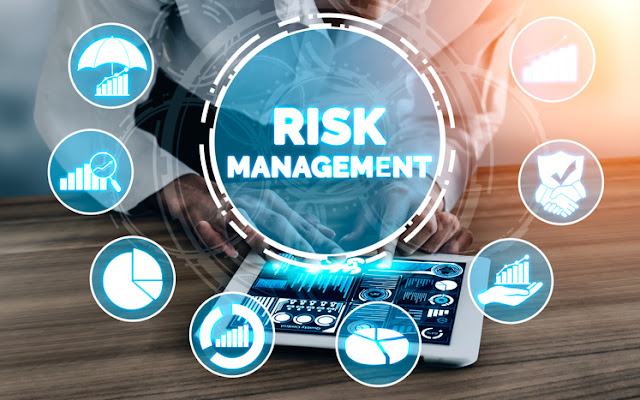Supply Chain Risk Management; Helps Identify, Assess, and Mitigate Risks within the Supply Chain
Supply Chain Risk Management is the process of identifying, assessing, and mitigating the risks of an organization's supply chain. Implementing SCRM strategies help an enterprise operate efficiently, enhance customer service, and reduce costs. SCRM is more than a helpful addition to the operations; it is essential to the success in events like transport disruptions, unpaid bills, natural disasters, etc. The purpose of SCRM is to prevent issues and provide loss mitigation if risk events do occur.
Supply chain management is a large topic in today's business environment. However, supply-chain analytics can play a big part in it. Supply chain management involves the whole life cycle of goods from raw materials to finished goods. Supply chain analytics refers to the study of data that businesses draw from various applications tied to the supply chain, such as supply-chain management systems for inventory, manufacturing, procurement, order management, & shipping. Supply chain analytics is an essential element of SCM.
Moreover, Supply Chain Risk Management Market helps organizations achieve their business objectives by providing efficient and effective supply chain services. Supply chains are composed of four major elements: procurement, operations, distribution, and integration. Company procurement, operations, or another central department should own overall SCRM, with the right budget, resources, and infrastructure to ensure logistics & regulatory compliance. Supply chain management is not appropriate only for large businesses.
Implementation of Supply Chain Risk Management software helps identify, manage, and mitigate risks (global and/or domestic) to help & protect their supply chain operations. In 2018, the U.S. Government stood up multiple agencies and task forces to better address the supply-chain risk (including the Critical Infrastructure Security and Cybersecurity Agency in the Department of Homeland Security and the Protecting Critical Technology Task Force at the Department of Defense), and the private sector continues to seek a uniform and proven methodology for assessing and monitoring risks in a way that truly minimizes business disruption.




Comments
Post a Comment